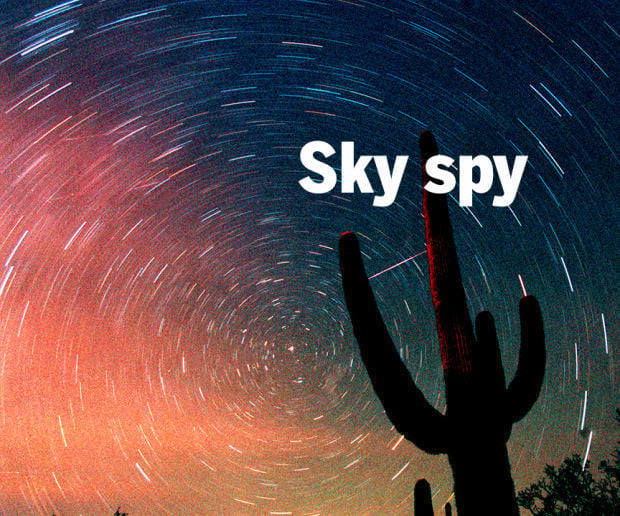Venus and Jupiter are getting close together in the pre-dawn sky, and will have a spectacular conjunction on Monday.
A planetary conjunction is a fancy way of saying a close grouping of two or more planets. Even when planets are very close together in the sky from our perspective, they are millions of miles apart and just happen to be aligned one behind the other.
Planetary conjunctions have no special importance, but they are often spectacular, making us appreciate the beauty of the sky. Both Venus and Jupiter are quite bright and are easily visible in light-polluted skies and in twilight skies after sunset or before sunrise.
Sunrise Friday is at 5:48 a.m. If you look east along the horizon at 5 a.m., you will see ever-brilliant Venus 8 degrees above the horizon. Below Venus and only 4 degrees above the horizon is Jupiter. To the right (south) of Venus, 17 degrees away, is bright Procyon in Canis Minor, “the Lesser Dog,” and to the right of Procyon, a farther 25 degrees away, is Sirius, the brightest star in the sky.
Try to watch this pre-dawn show every morning. You will notice Venus and Jupiter getting closer together until they are only one-half degree apart on Monday. Try to view them with low-power binoculars. By Tuesday morning, they will be growing away from each other, with Venus now closer to the horizon. To top things off, on Monday morning when Venus and Jupiter are their closest, the waning 23-day-old moon will sit in Taurus the Bull, just above the bright star Aldebaran. This is another great sight for binoculars.





